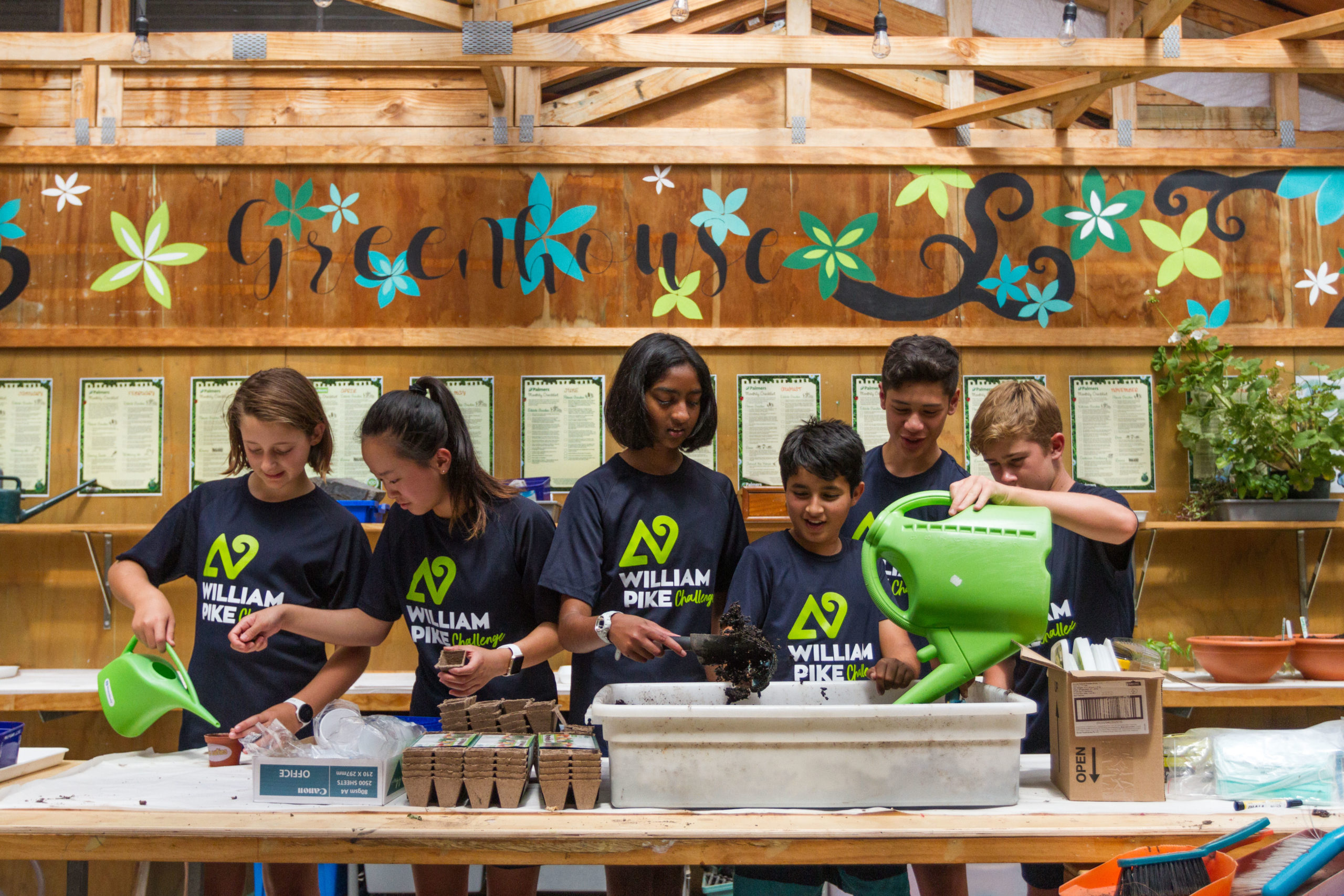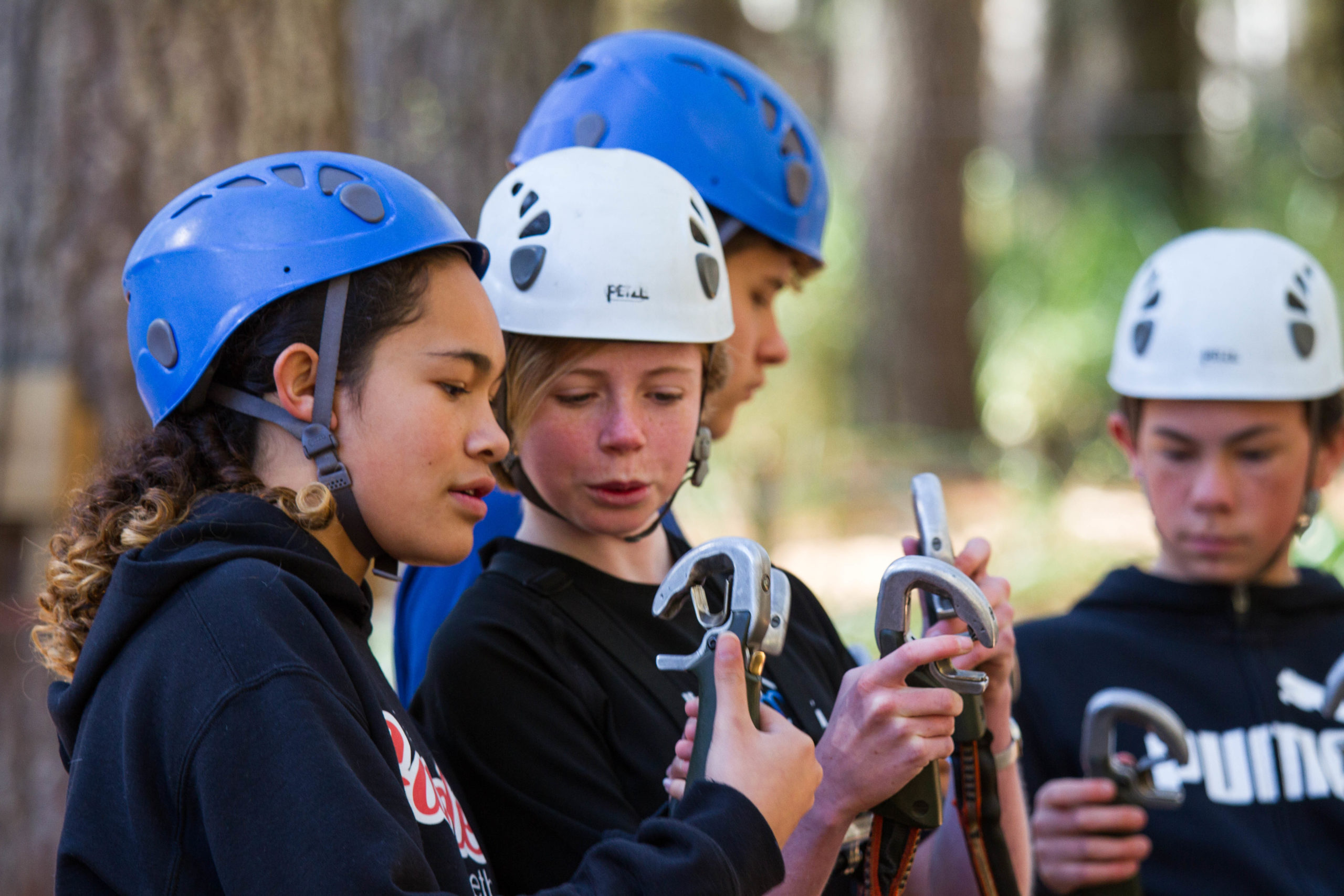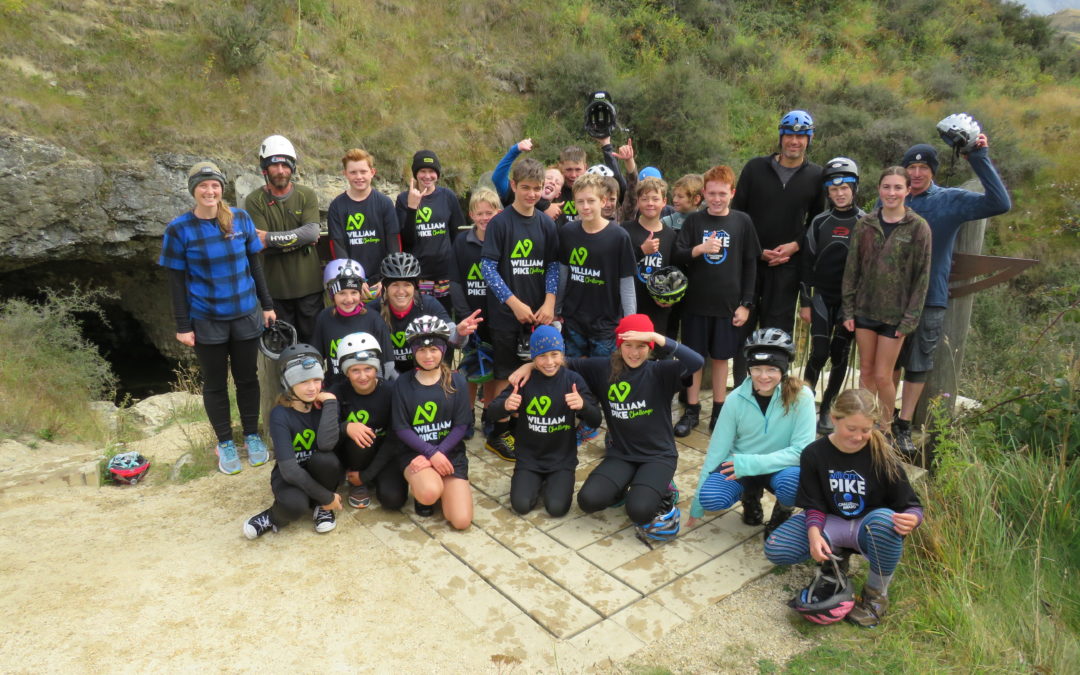What is a 21st Century Skill?
There are many 21st Century Skills. In the William Pike Challenge, which is a teacher led Education Outside The Classroom (EOTC) programme available to year 6 to 9 students, we consider communication, problem solving, resilience, teamwork, critical thinking, being of service to others, being creative and resourceful to be critical 21st Century skills to a young person’s development. These skills are enshrined in the William Pike Challenge in three elements of focus:
- Outdoor Activities – provide opportunities for young people to step outside of their comfort zone, take risks, build confidence and strengthen relationships with peers.
- Passion Projects – are things like a sport or hobby that’s totally new to the young person and are usually done in their own time. They encourage young people to take on a challenge, set goals and develop their self belief, work ethic and commitment.
- Community Service – allows young people to contribute to their community, helping local people and places. And, explore, develop and strengthen empathy, humility and their compassion.
When you combine these elements, you have a rich platform of experience based learning that builds self confidence and resilience which are probably the two most important ‘toolkits’ young people need heading into the future.
But, in reality, a 21st Century Skill is any skill that is going to benefit a young person in the modern world.

How do 21st Century skills differ from skills needed in the past?

What’s changed?
As parents, or anyone older than 35, if we look back to when we were at school, our method of learning was centered in repetition. In other words, we learned by memorizing facts and figures by rote. Fast forward to today, students focus on real-life, relevant, collaborative project-based learning.
The premise of 20th Century learning was that what you were taught would last a lifetime. It was ‘passive learning’. You would probably leave High-school, go to university then get a job, or go straight from High-school into a job or career.
The 20th Century approach was actually a continuation of 19th Century employment requirements. In essence, a ‘Factory Model’ of a hierarchical nature, top down so to speak.
A 21st Century approach empowers learners to be active, in other words, work in an environment that is connected to students’ interests, experiences, talents, and the real world.
Today, learners work collaboratively with classmates and the teacher is a facilitator or coach rather than being the centre of attention and provider of information.
Why should we be building 21st Century Skills in young people?
Interestingly, the shift from 20th Century Skills in schools to 21st Century didn’t take place until well after the new millennium.
It wasn’t until the mid twenty-tens when educators realised that ‘the skills needed for the 21st century are complex, cross-disciplinary, important for many different aspects in school and life, and are much more demanding to teach and learn than rote memorization-based skills’. (Saavedra & Opfer, 2012)
It would be fair to say that complexity is a defining feature of the 21st Century. And if we sat back and looked at our world, we would see that complexity is an inherent property of many systems that constitute the environment in which we live and work.
Until recently, the levels of complexity of social systems were low and consequently, complexity was largely ignored. However, with the rapid development of digital technology, the situation has changed, particularly when we look at how advancements in technology have transformed how we communicate and interact with each other.
Take for example the Internet and Social Media. At the heart of these systems is interconnectedness. However, with each new connection that is created, the level of complexity is increased. And we should remember that complex systems are subjected to perpetual change experienced either as a succession of discrete disruptive events or as a slow, imperceptible drift into oblivion.
So, if society as a whole is becoming more and more complex, how do we as individuals, and our young people in particular, prepare for a perpetually changing world?
The answer lies in adaptation. And let’s face it human’s are actually pretty good at adapting to change.
Adaptation to what is around us is a key attribute to prospering in a complex modern world. If we can develop a capacity for adapting, we can harness our resources to reduce the likelihood of disruption events before the next one occurs and be better equipped to handle situations because of learned experiences.
And, as we have established, 21st Century skills are all about empowerment, experiences, connectedness and problem solving – all great attributes for managing difficult situations and disruption.
Starting the transfer of 21st Century Skills into life early
Today, there is no doubt that the rapid development of digital technology has led to a complexity of our socio-economic environment that was unimaginable 25-30 years ago. Just look at the shift in education practices that had existed for centuries, fundamental changes occurred in a very short space of time. At a greater pace than ever before.
The reality is that the pace of change will only keep accelerating.
It is, therefore, of paramount importance for our young people, all of whom live in the global village, to develop the appropriate 21st Century skill-set as early as possible, giving them the foundation to handle what a 21st Century life will bring them.
Implementing EOTC programmes that are built on years of experience, like the William Pike Challenge, and giving our young people experiences that they can take with them for the rest of their lives just makes sense.
To begin the transfer of 21st Century Skills into your students’ lives Download a FREE sample programme by clicking here to learn what the William Pike Challenge could look like in your school.
Want to see awesome stories of the William Pike Challenge in action? Follow us on Facebook and Instagram.


Recent Comments